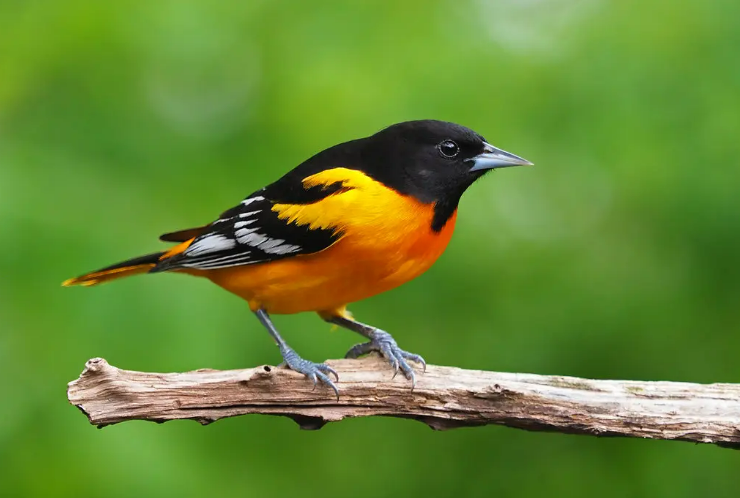这篇文章由Abel John撰写,是我们第七届年度学生编辑比赛高中类别的前9名获奖者之一,我们收到了6,076份参赛作品。

。。。加里·穆勒,康奈尔鸟类学实验室麦考利图书馆
“Tom and Jerry” is television gold. Its basic premise of “cat-chases-mouse” glued generations of kids to the screen. Yet, unlike Tom, house cats are ruthless predators that almost always catch their prey. New research shows that house cats are unsustainably clawing their way through bird populations across the United States. In fact, more birds die by cats than by collisions with buildings, cars and other anthropogenic activities combined.
Since when did Tom actually catch Jerry and Tweety? Since always. We just never noticed. Cats bring home “up to 11 dead birds, rodents or lizards a month,” according to Professor Roland Kays in the NPR article “Why House Cats Are God’s Perfect Little Killing Machines.” On its own, this cat fact isn’t too surprising. But when we consider almost four in 10 households own a cat, feline predation has an outsized impact. Due to their constrained roaming grounds (usually near their house), cats have four-to-10 times the effect of a wild predator in the local community. That bird seed you put out for observing songbirds? Let’s just say you aren’t the only one watching the feeder. The Fish and Wildlife Service tally annual feline kill counts at 2.4 billion birds across the United States. This has had a devastating effect on the bird population. According to The New York Times, bird counts across the United States have fallen a staggering 29 percent in the last 50 years. At the same time, the popularity of cats in America has exploded.
Traditional bird conservation efforts cannot counteract a cat’s primal instincts. For my Eagle Scout project, I constructed a 14-foot tower that nests about 40 chimney swifts (a threatened bird species). Considering it was built in a neighborhood that houses an estimated 50 cats, my hard work has likely not resulted in any net increase of the bird population. Yet, attempting to muzzle our pet with a stay-at-home order is not a practical, long-term solution for cats.
Susan Willson of St. Lawrence University offers an alternative. By placing vividly colored collars on cats, Willson found that birds were much more likely to spot cats before it was too late. Consequently, collared cats killed up to “19 times fewer birds than uncollared cats.”
Collar scrunchies are a noiseless, effective alternative to the traditional “cat bell,” and still allows cats to exercise their instincts on real pests. These colorful scrunchies are effective with birds but not on colorblind rodents.
It’s not a cardinal sin to let cats be cats, but a simple colored collar around the neck will help offset their feline instincts. Plus, more cat videos sporting stylish scrunchies is something none of us could ever refuse.
Works Cited
Brulliard, Karin and Scott Clement. “How Many Americans Have Pets? An Investigation of Fuzzy Statistics.” The Washington Post, 31 Jan. 2019.
Lepczyk, Christopher A., et al. “What Conservation Biologists Can Do to Counter Trap-Neuter-Return.” Conservation Biology, 2 Nov. 2010.
Sommer, Lauren. “The Killer At Home: House Cats Have More Impact On Local Wildlife Than Wild Predators.” NPR, 18 April 2020.
Willson, S.K., et al. “Birds Be Safe: Can a Novel Cat Collar Reduce Avian Mortality by Domestic Cats (Felis catus)?” Global Ecology and Conservation, Elsevier, 20 Jan. 2015.
Zimmer, Carl. “Birds Are Vanishing From North America.” The New York Times, 19 Sept. 2019.